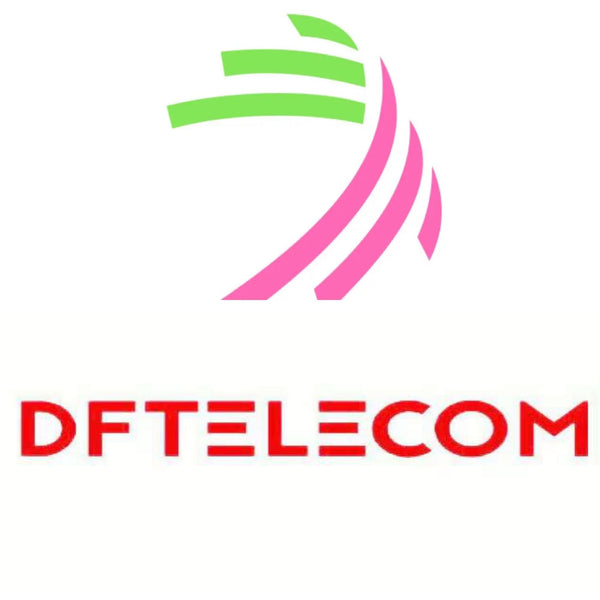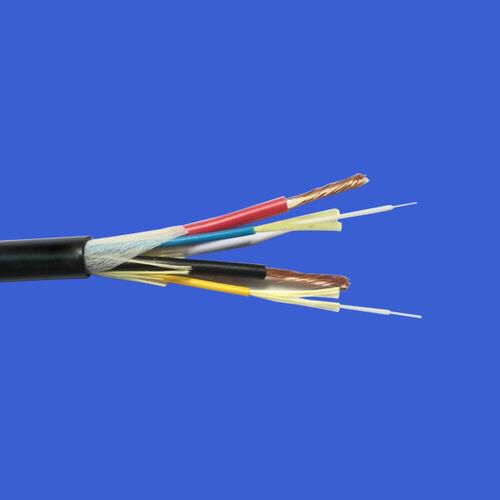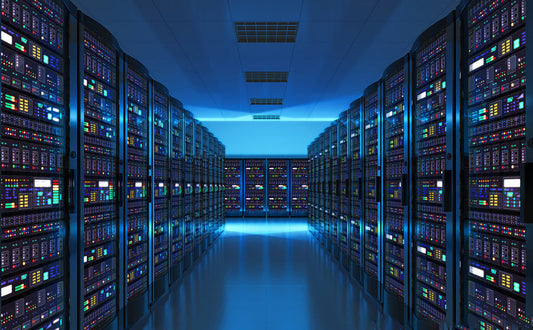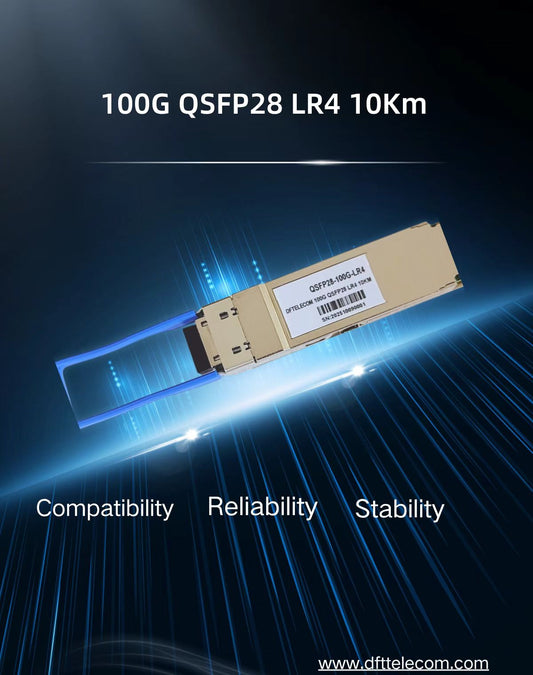1. Basic Concept of HCF

Hollow-Core Fiber (HCF) is a revolutionary optical fiber structure that fundamentally differs from traditional solid-core fibers. While conventional fibers guide light through total internal reflection in a solid glass or plastic core, HCF features a hollow central core, where light propagates primarily through air or vacuum, confined by a specially designed microstructured cladding.
Proposed in the 1990s by Prof. Philip Russell’s team, HCF has evolved into multiple mature designs, including:
· Photonic Bandgap HCF (HC-PBGF): Uses periodic microstructures to create wavelength-specific "bandgaps" that trap light in the core.
· Anti-Resonant HCF (HC-ARF): Relies on thin glass membranes to reflect light via destructive interference.
· Kagome Fibers: Employ a lattice-like cladding for broadband transmission.
2. Working Principles

HCF guides light through two key mechanisms:
00001. Photonic Bandgap Effect: Periodic microstructures (e.g., air-hole arrays) create forbidden wavelength ranges, confining light to the hollow core—analogous to electron confinement in semiconductors.
00002. Anti-Resonant Reflection: Thin cladding walls reflect light at specific angles, minimizing leakage into the surrounding glass.
Unlike traditional fibers, >99% of light travels in air, drastically reducing interactions with glass. This enables unique advantages.

3. Five Core Advantages
(1) Ultra-Low Loss & Nonlinearity
· Losses below 0.1 dB/km (approaching theoretical limits).
· Nonlinear effects 10³–10⁵× weaker than solid-core fibers, enabling distortion-free high-power transmission.
(2) Faster Signal Propagation
· Light travels ~30% faster in air (n≈1) vs. glass (n≈1.45), critical for low-latency trading and quantum synchronization.
(3) Superior Laser Handling
· Transmits kW-class continuous lasers and MW-level pulses without thermal damage or nonlinear distortions (e.g., stimulated Raman scattering).
(4) Enhanced Light-Matter Interaction
· The hollow core can be filled with gases, liquids, or nanoparticles for high-sensitivity sensing (e.g., methane detection, biomolecule analysis).
(5) Extreme Environmental Stability
· Radiation-resistant (no radiation-induced darkening).
· Temperature-insensitive (air’s refractive index is more stable than glass).
4. Key Applications
|
Field |
Use Cases |
|
Telecom |
Ultra-low-latency intercontinental links, quantum communication. |
|
High-Power Lasers |
Industrial cutting/welding, medical surgery, directed-energy weapons. |
|
Sensing |
Trace gas detection, biosensing, distributed temperature/strain monitoring. |
|
Cold-atom trapping, nonlinear optics, optical frequency metrology. |
5. Challenges & Future Trends
Current Limitations:
· Complex fabrication (nanoscale precision required).
· Coupling losses with conventional fibers.
· Higher cost than standard fibers.
Future Directions:
· Multi-core HCF for space-division multiplexing.
· Integration with silicon photonics.
· Functionalized coatings (e.g., for dynamic tuning).






